
We’ve heard about the ‘skinification’ of haircare. But skincare is also taking cues from the world of tresses. Serums – long used to achieve a shiny mane – are now a number one trend in the anti-ageing arena.
The product has proven a highlight of the year for both P&G and Unilever. In the case of P&G, it points to the UK launch of Olay Super Serum in April. “When we launched, it sold out in less than two days on boots.com,” says Ian Morley, vice president of sales at P&G Northern Europe.
The serum, which contains vitamin C and niacinamide, was also given a shout out by cult beauty blogger Nadine Baggott.
Unfortunately for P&G, that popularity didn’t stop sales falling across the wider Olay brand, which has shed 5.8% of its volumes in female skincare.
For Unilever, however, serum contributed to a sales gain for its Simple brand. It’s up 4.5% in volumes following this summer’s launch of Simple 10% Ceramide Boosters & Omega Complex Booster Serum, designed to tap the 30% value growth in serum.
“This was the first time Simple included its patented ceramide-boosting technology and omega complex in its serum collection,” says Caroline O’Brien, Unilever head of skincare.
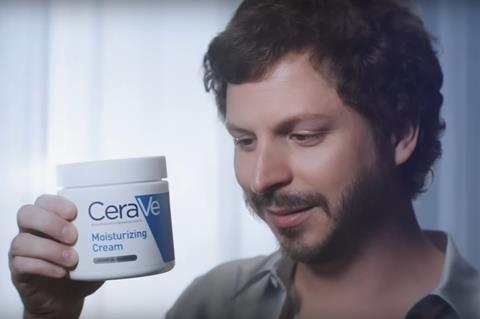
Boots’s No7 Future Renew Serum has proven similarly popular. According to the Boots Beauty Trends Report 2024, it was the retailer’s bestselling skincare line last year.
The “world-first super peptide blend” behind Future Renew plays to another growing trend: premium, science-led skincare. That’s driven up the value of the female skincare market by 11.4%, despite flat volumes.
“Consumers are increasingly looking for advanced benefits and formats when choosing their skincare products,” says Unilever’s O’Brien. “The items that deliver on these fronts tend to have a price premium.”
Particularly popular active ingredients are niacinamide, retinol and SPF, says Nicola Tamu, NIQ senior analytics executive for beauty. Indeed, a high SPF is a key feature of our Top Launch, below.
Those ingredients are now “starting to be capitalised on within male facial skincare”, adds Tamu. She points to lines such as L’Oréal Vitamin C Hot Serum, which has helped grow the brand’s male skincare value sales 12.2%, while volumes have edged into the black by 0.6%.
That’s symptomatic of the wider male skincare market – which, similarly to female skincare, is growing far faster in value than volume. The similarity between the sectors is proving a boon for unisex brands like The Ordinary, named as one to watch in the Boots Beauty Trends 2024 report.
In particular, it’s making use of retinal, an increasingly popular ingredient that is one step closer to vitamin A than retinol, according to Boots.
Trending cosmetics
That focus on science is similarly playing out in cosmetics. Boots names pH-powered make-up, which adapts its colour according to skin acidity, as another key trend.
Crucially, the hashtag #PHmakeup has amassed over 61 million views on TikTok. It’s a sign of a cosmetics market that is increasingly influenced by social media. “Social media marketing has a huge role to play in boosting new and emerging brands such as Elf, Bubble and Byoma,” says NIQ’s Tamu.
Elf, in particular, is a standout success. One of the first brands to join TikTok, it’s up 70.6% in volumes – and recently unveiled a game on emerging platform Roblox.
Not that the more established brands are simply standing back. In autumn, Maybelline relaunched its famous ‘Maybe It’s Maybelline’ as a jingle tailored to social media – backed by the likes of model Gigi Hadid and actor Storm Reid. The efforts appear to have paid off. The market leader is up £21.4m –a gain second only to Elf.
Shaving successes
In the shaving market, brands that connect with their audiences on social media are similarly performing well, says NIQ.
“New brands are also trying to enter the space through onlineD2C channels and subscriptions, which strengthen their proposition to the traditional retailers,” says Lala Jumshudlu, NIQ personal care consultant.
She cites Estrid, a unisex razor subscription and vegan body care brand, as one that encapsulates all the above trends. It’s nearly tripled its retail value to £4.9m.
Of course, that’s small fry compared with P&G’s market-leading Gillette brand, which is worth £233.7m. For Morley, the key trend of the year has been premiumisation. “We’ve continued to invest in superior products,” he says, pointing to the extra-posh Gillette Labs Heated Razor. “It offers our best shave yet.”
In the women’s market, P&G’s Venus dermaplaning range – a three-step regime for facial hair and skin exfoliation, launched in early 2023 – has continued to generate incremental sales.
Number two brand Wilkinson is similarly looking to boost market value. In May, it unveiled its ‘The Blade Masters since 1772’ campaign, to position itself as “the ultimate challenger brand”.
In a challenger-heavy market, that message could well cut through.
Top Launch 2024
Garnier Vitamin C UV Fluid Glow | L’Oréal

The beauty industry loves an affordable dupe. So when this daily brightening fluid was compared with Charlotte Tilbury’s Flawless Filter, it boded well for sales. Launched in March, the Garnier Skin Active line with SPF50+ comes in at £12.99 for 40ml – a fraction of Flawless Filter’s £39 for 30ml. It soon began racking up column inches from beauty editors and, at one point, a pack was sold every minute on TikTok Shop. Reviewers have gone wild for the combination of a high SPF with glow-up benefits.
Read more: Personal care - beauty 2023: Bargains on beauty lines drive growth
The Big Book of Grocery: Top Products Survey 2024
- 1
- 2
- 3
- 4
- 5
- 6
- 7
- 8
- 9
- 10
- 11
- 12
- 13
- 14
- 15
- 16
- 17
- 18
- 19
- 20
- 21
- 22
- 23
- 24
- 25
- 26
- 27
- 28
- 29
- 30
- 31
 Currently reading
Currently readingPersonal care - beauty 2024: serum NPD a winner for big brands
- 32
- 33
- 34
- 35
- 36
- 37
- 38
- 39
- 40
- 41
- 42
- 43
- 44
- 45
- 46
- 47

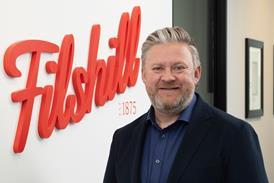


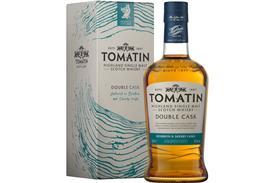
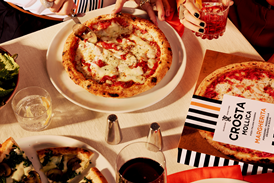
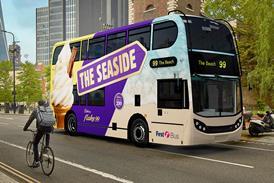














































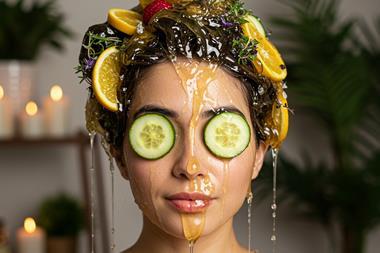
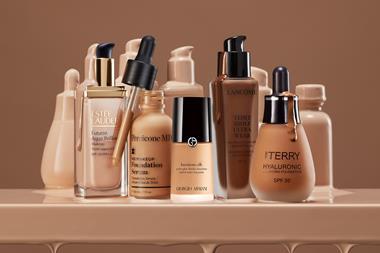
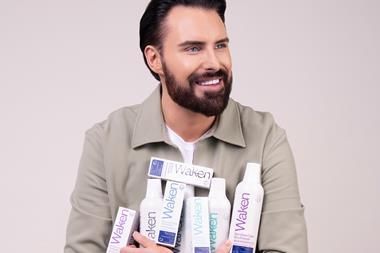
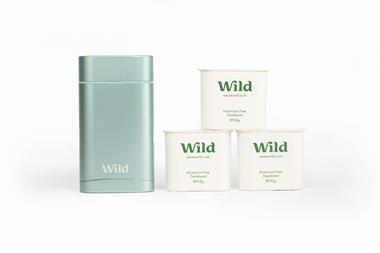
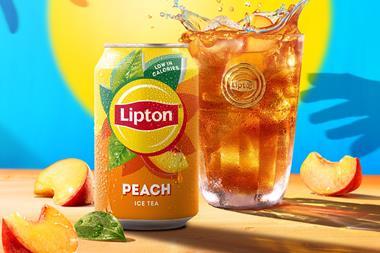
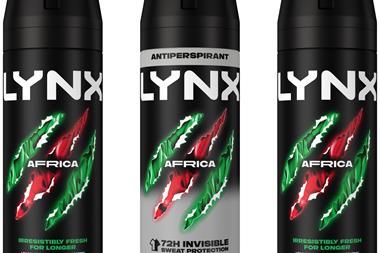
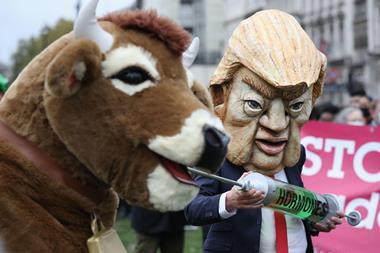
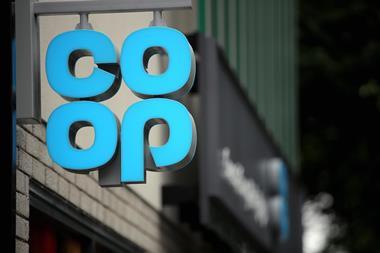

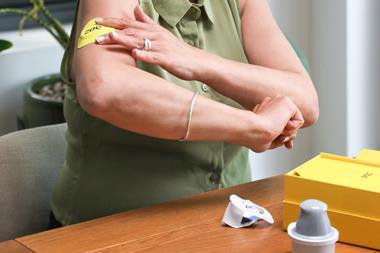
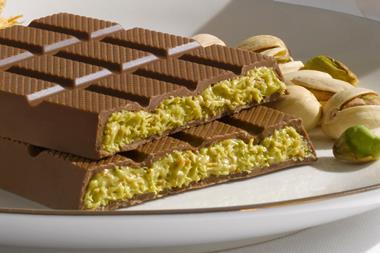
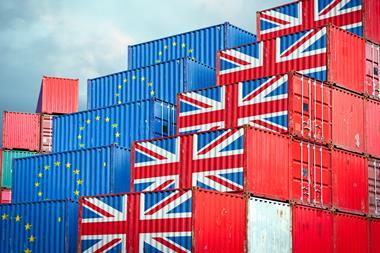
No comments yet